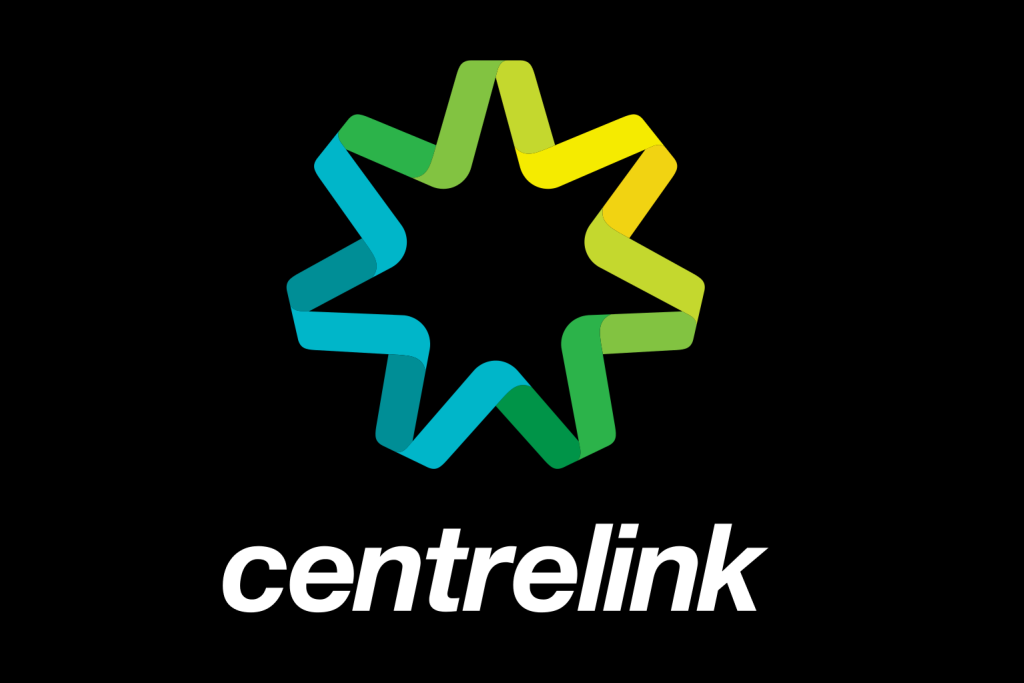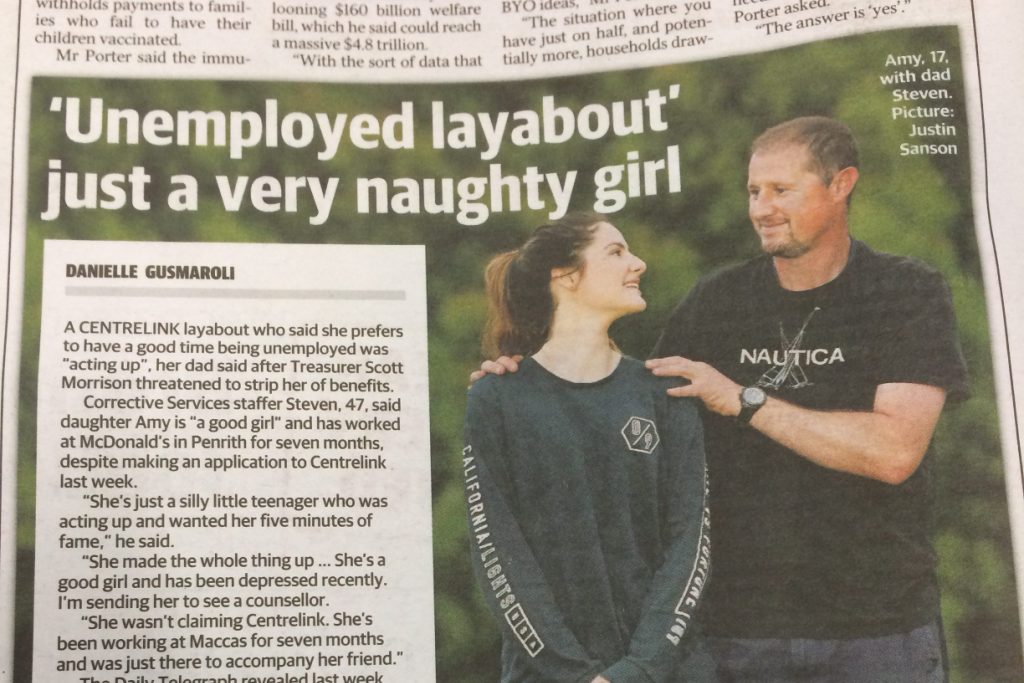Bludgers And Imaginary Debt: What The Hell Is Happening With The Latest Centrelink Clusterfuck?
What's gone wrong this time?

Judgmental staff, disconnected phone calls and a website with a seemingly endless supply of error messages – dealing with Centrelink truly is a uniquely shitty experience at the best of times. But the agency’s latest cock up really takes the cake.
Over the past few weeks, reports have been rolling in from welfare recipients who have received computer-generated letters from Centrelink demanding the return of thousands of dollars in overpayments from up to six years ago, despite them having been eligible for said payments at the time.
Not only that, but recipients are also being told they may now be on the hook for a 10 per cent debt recovery fee.
Fantastic. $700 debt because centrelink's broken system thinks I earnt $2500 IN A WEEK ON A 40k JOB
— Lucy Valentine (@LucyXIV) December 19, 2016
Unsurprisingly, this has caused a great deal of stress and anxiety for some of the most vulnerable people in Australia, who are now faced with tracking down old pay slips in order to prove their eligibility for money they received years ago. And even worse, they have to go through the labyrinthine, error-prone Centrelink system in order to do so.
Does Not Compute
The letters are the result of Centrelink’s new automated debt recovery system, which crosschecks client information with data from other government agencies, such as the Australian Tax Office (ATO). The system replaced one operated by human employees, and is meant to help Centrelink identify mistakes and crack down on people trying to rort the system.
According to Human Services Minister Alan Tudge, the system has allowed Centrelink to go from identifying 20,000 discrepancies per year to 20,000 per week. Which would be great, except for the fact that in many cases, the discrepancies aren’t discrepancies at all.
Speaking to The Guardian on the condition of anonymity, a Centrelink compliance officer said that while most people chose to pay up without checking their information first, only a fraction of the debt notices issued were genuine.
I've just been contacted by a friend previously on disability pension, now working, issued a $10k debt by Centrelink. This must end.
— Ben Eltham (@beneltham) December 28, 2016
If you have an issue with your Centrelink debt, you could try calling Minister Alan Tudge's electorate office on (03) 9887 3890
— Ben Eltham (@beneltham) December 28, 2016
To make matters worse, those people who do attempt to lodge a dispute have found themselves stymied by errors on the Centrelink website. “For the past two weeks we’ve had to turn customers away because we could not access [the system] and neither could they,” the compliance officer said.
Shockingly, it would seem as though the government behind #censusfail and the hideously over-budget NBN isn’t especially tech savvy.
In the wake of this technological blunder, members of Labor and the crossbench have been calling for the automated system to be suspended. “This is a crude and inaccurate approach with data matching,” Labor Senator Doug Cameron told ABC radio yesterday. “It’s very crude and very inaccurate and we think it should stop.”
Independent MP Andrew Wilkie, meanwhile, has written to the commonwealth ombudsman urging him to investigate.
The Coalition’s Welfare Crackdown
The fact that this automated system has proved to be such a disaster is especially embarrassing given that data matching was one of the main pillars of the welfare crackdown announced by the government in the most recent federal budget.
Treasurer Scott Morrison said at the time that the Commonwealth was owed around $3.5 billion in welfare debt due to overpayments and fraud. That figure was found to be credible by fact checkers at The Conversation, although they also pointed out that there is “a very large hidden human toll to all this: the tens of thousands of people already in poverty, mainly women, who are prosecuted for fraud or catapulted into debt.”
The Australian Council of Social Services (ACOSS) has likewise expressed its concerns over the government’s plan to try and aggressively recover Centrelink payments that had already been issued. In her response to this month’s Mid-Year Economic and Fiscal Outlook, which reaffirmed the government’s pledge to save more than $2 billion over the next three to four years via its welfare crackdown, ACOSS CEO Dr Cassandra Goldie pointed out that in 2014-2015 less than 0.02 per cent of welfare recipients had been referred for prosecution for fraud. She also called the government’s $2 billion savings target “unrealistic” and said that the “real problem” lay with the complexity of the welfare system.
You’d hope that the latest Centrelink clusterfuck might inspire change – but that’s not going to happen. It’s much, much easier to act tough and vilify “bludgers” – otherwise known as students, single mothers, low income families, Indigenous Australians and people with physical and mental health problems – than it is to fix a broken system, or address the underlying social issues that cause people to become dependent on welfare in the first place.
If you need proof, just look at the language used by Tudge on A Current Affair earlier this month, when he threatened to jail people who owed Centrelink money. “We’ll find you, we’ll track you down and you will have to repay those debts and you may end up in prison,” he said.
That sort of rhetoric, designed to make the poor sound like criminals, would be unsettling even if Centrelink functioned the way it was supposed to. But to then turn around and through your own incompetence extort those same people for money they don’t even owe? That’s nothing short of appalling.

